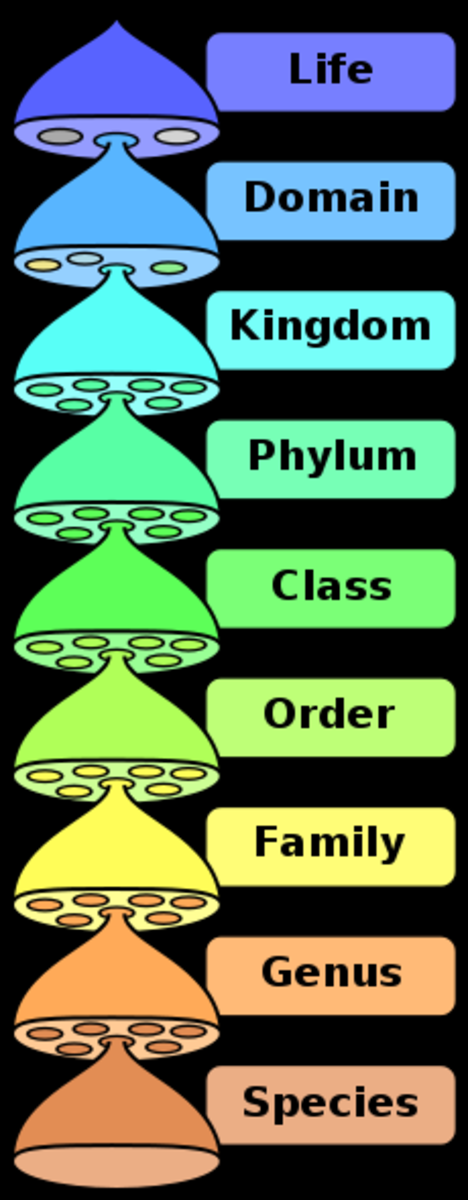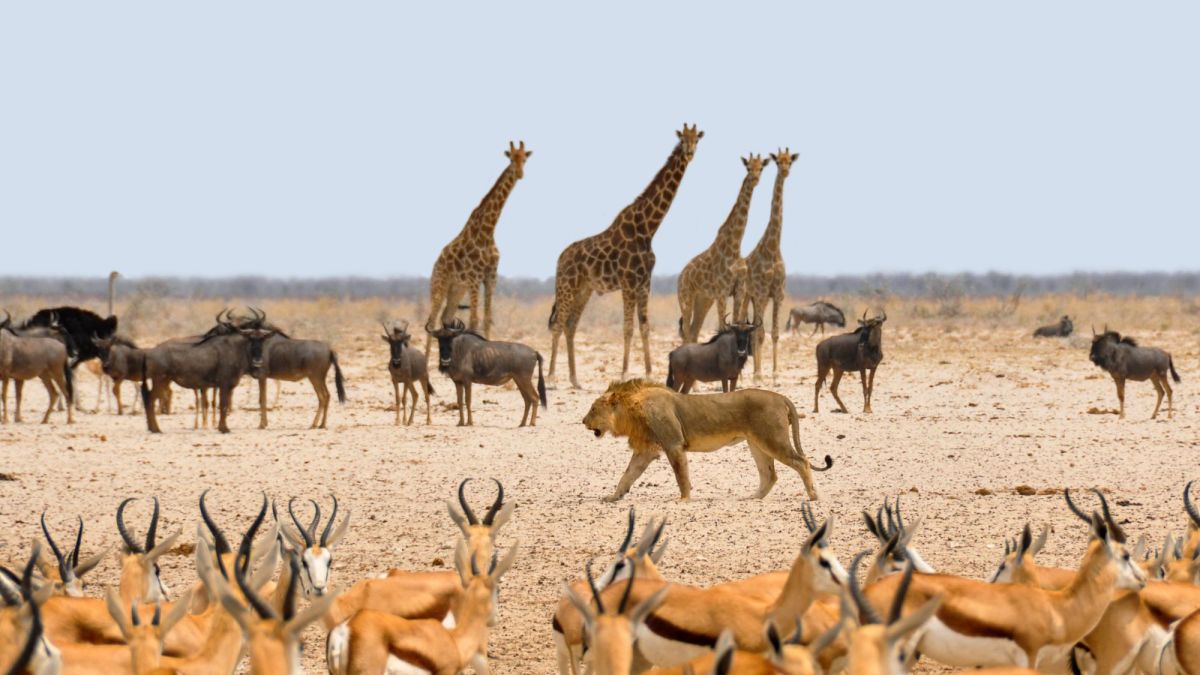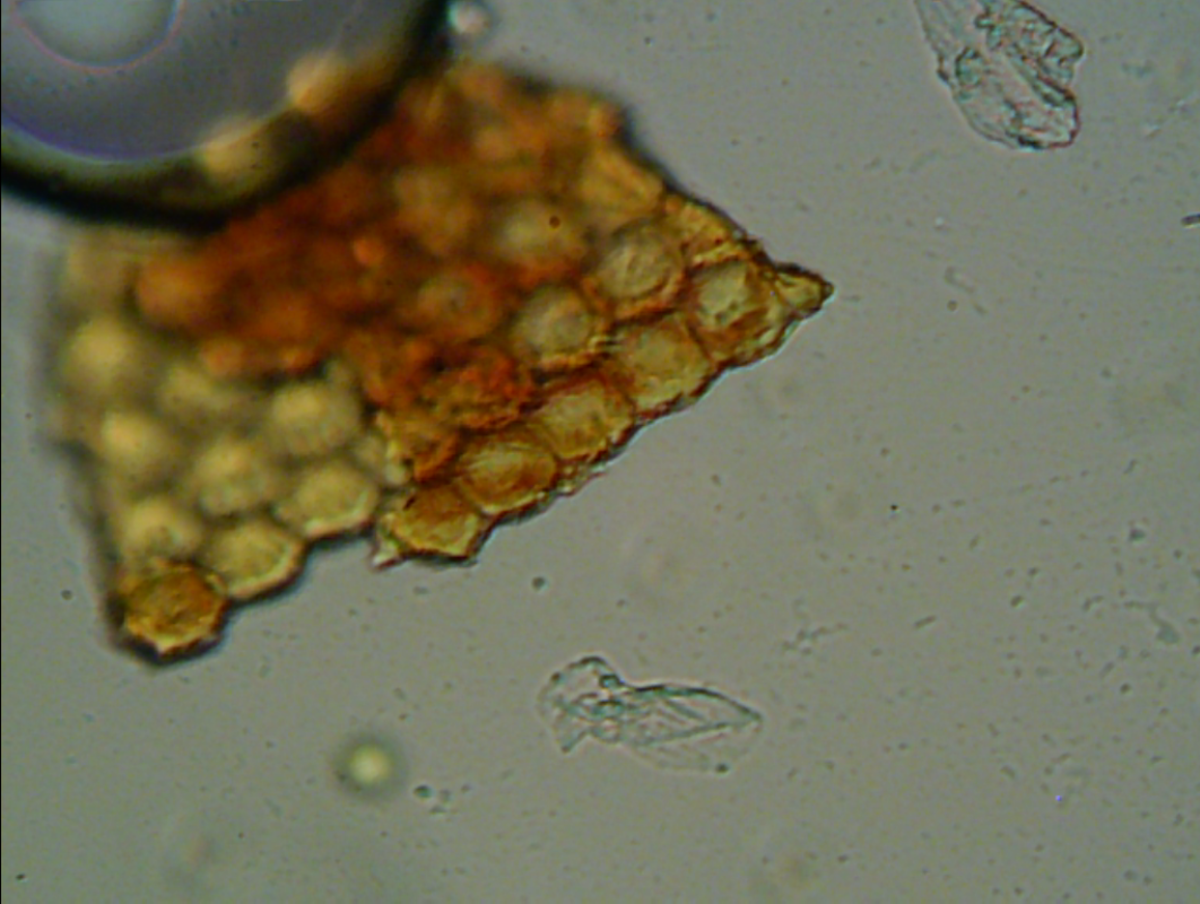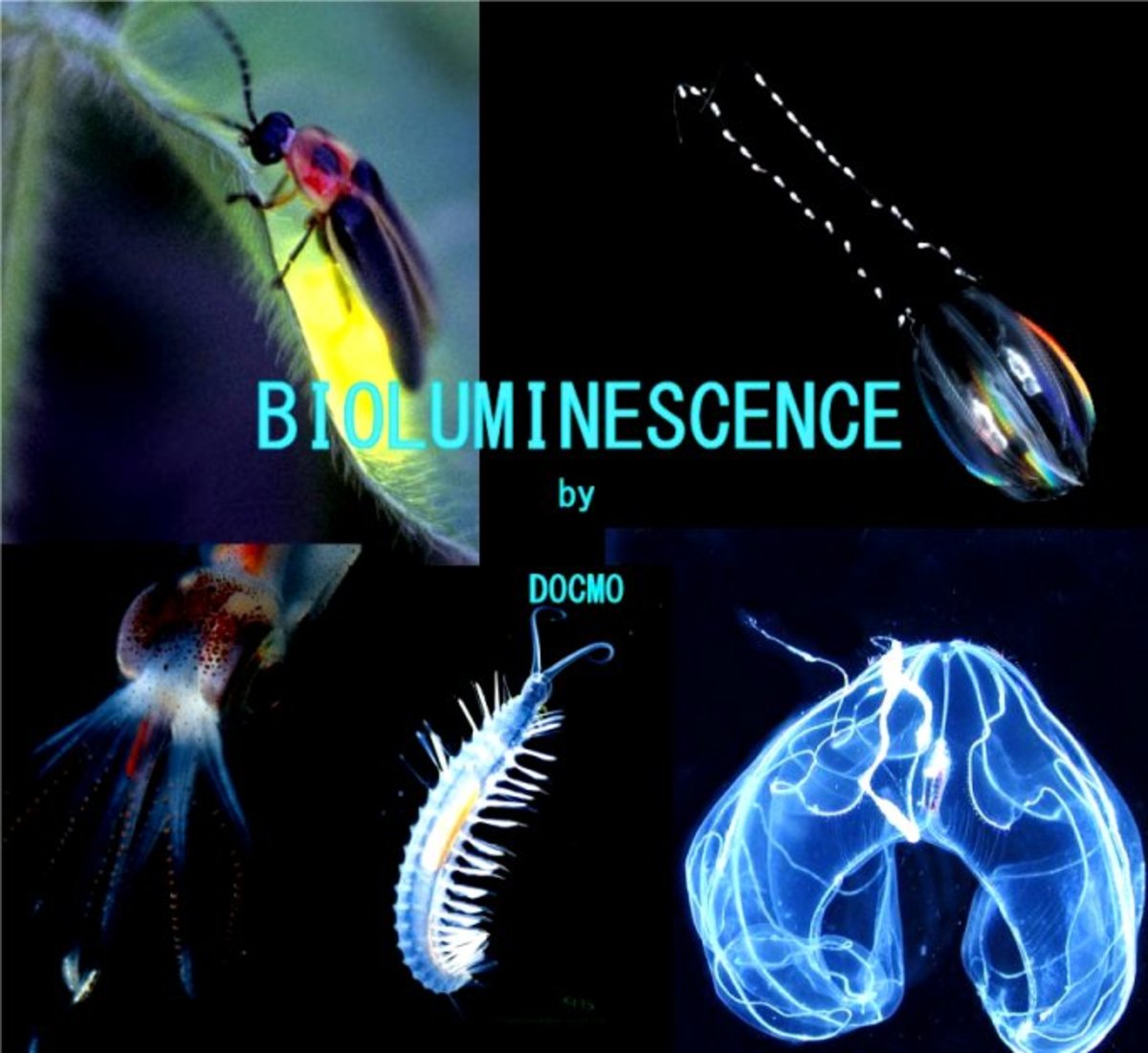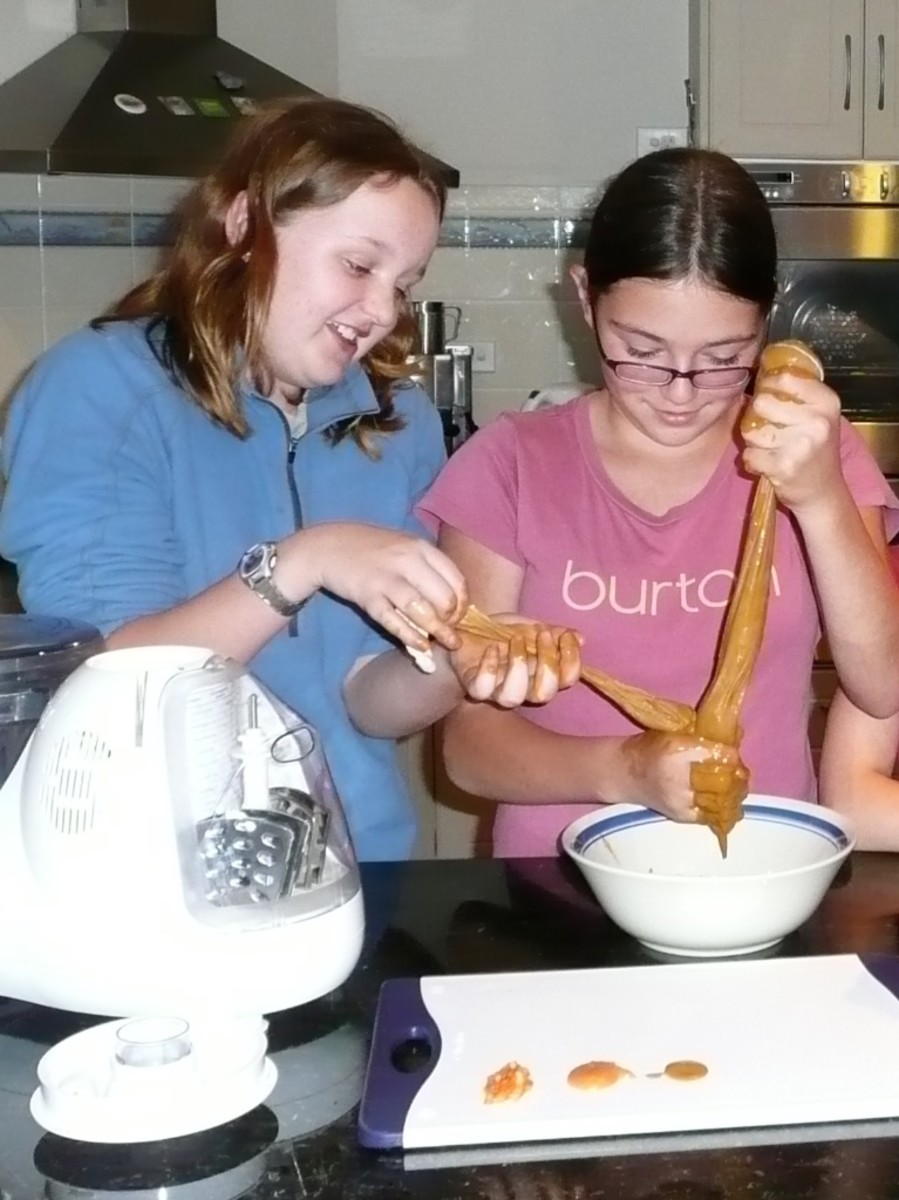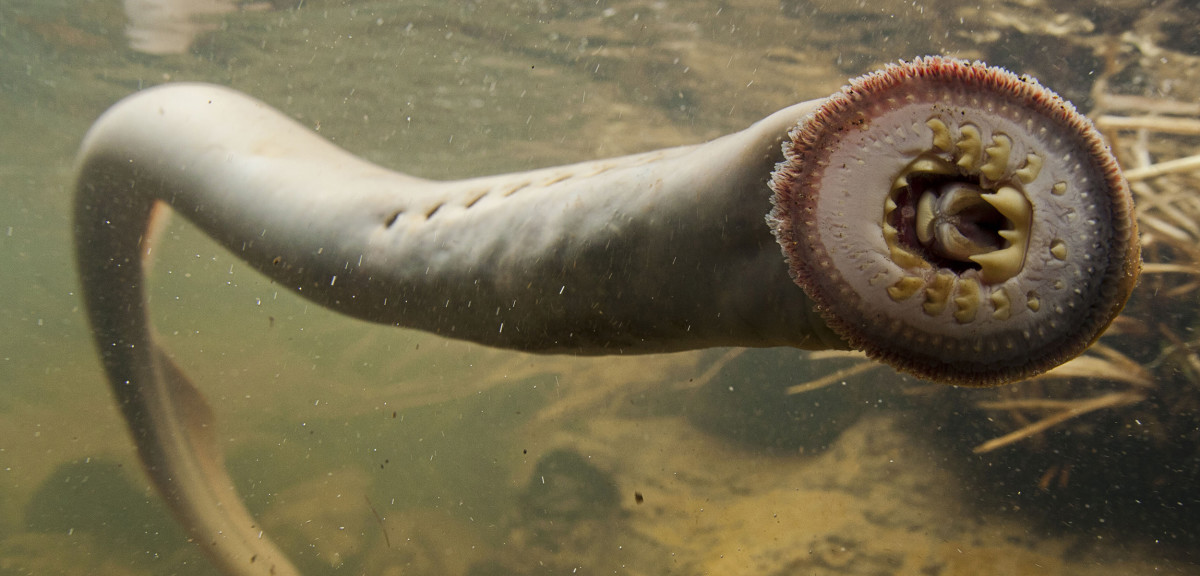BIOLOGICAL CLASSIFICATION
PREREQUISITES:
Before studying this chapter you are required to know the following concepts as pre-requisites for better understanding of this chapter:
- Clear understanding of diversity in the living world.
- Basics of biology and its concepts.
- What is classification and why it is required in any field.
- What is the meaning of a 'kingdom' and
- Different taxonomic categories and the position of taxonomic category "Kingdom".
LEARNING OBJECTIVES:
The learning outcomes of this chapter are:
- Why classification is required?
- Two kingdom classification
- Five kingdom classification
- Merits of five kingdom classification
- Kingdom Monera
- Kingdom Protista
- Kingdom Fungi
- Kingdom Plantae
- Kingdom Animalia and
- Viruses, Viroids and Lichens.
Let us study the above concepts in brief with some examples.
INTRODUCTION:
In the last chapter we studied "Diversity in the living world". The existence of life on earth include diversity in orgnisms. There are millions of different types of organisms living in this world. Hence, they need to be classified into different groups to help identify them. The biggest groups into which living organisms are classified into are called "kingdoms".
Aristotle was the earliest to attempt a more scientific basis for classification.
Two Kingdom Classification:
Two kingdom system of classification was developed during Linnaeus’ time. These two kingdoms are Plantae and Animalia which include all plants and animals respectively.
But this system of classification did not differentiate into Unicellular or Multicellular organisms and Photosynthetic (green algae) or Non-photosynthetic organisms (fungi) and prokaryotes or eukaryotes.
This system included a large number of organisms which does not fit into either category. Hence it was found to be inadequate.
Five Kingdom Classification:
It was proposed by R.H. Whittakar (1969).
The five kingdoms defined by him are: Kingdom Monera, Protista, Fungi, Plantae and Animalia.
The main criteria for his classification are cell structure, mode of nutrition, reproduction, thallus organization and phylogenetic relationships.
See the table for comparative understanding of different characteristics of the five kingdoms.
Benefits of Five Kingdom Classification:
- Earlier classifications placed prokaryotic bacteria and the blue green algae with other groups which are eukaryotic. This classification separated prokaryotes from eukaryotes.
- All unicellular eukaryotic organisms are kept in one group.
- Differentiated heterotrophic fungi from autotrophic green plants.
- The five kingdom classification is done on basis of evolutionary relationship.
In this chapter we shall study the characteristics of kingdom Monera, Protista and Fungi of five kingdom classification.
Kingdom MONERA:
Kingdom Monera includes Bacteria which most abundant micro-organisms. The existence of bacteria occurs in even extreme habitats like hot springs, snow, deserts and deep oceans.
Prokaryotes are bacteria which are unicellular and have no distinct nucleus with naked DNA. Their Structure is simple yet behavior is complex.
Some of them are autotrophs (which prepare food on their own from inorganic susbstances.) bust most of them are heterotrophic ( which donot synthesize their own food and depends on other organisms or on dead organic matter.)
They show the most extensive metabolic diversity.
Categories of Bacteria:
Bacteria are grouped into 4 categories based on their shape. They are
Based on shape Bacteria is classified into 4 groups. They are:
- The Spherical Coccus (plural: cocci)
- The Rod-shaped Bacillus (plural: bacilli)
- The comma-shaped Vibrium (plural: vibrio) and
- The Spiral-shaped Spirillum (plural: spirilla).
Archaebacteria:
These are special type of bacteria live in most harsh habitats such as extreme salty areas (halophiles), hot springs (thermoacidophiles) and marshy areas (methanogens).
The reason for living in most harsh habitats is because of having a different cell wall structure.
The production of methane (biogas) from the dung of ruminant animals such as cows and buffaloes is because of the presence of methanogens kind of bacteria in their gut.
Eubacteria:
These are true bacteria characterized by the presence of a rigid cell wall and a flagellum, if motile. These are either autotrophs or heterotrophs based on how they synthesize their food. Cyanobacteria (or) blue-green algae have chlorophyll similar to green plants called photosynthetic autotrophs.
Cyanobacteria:
The cyanobacteria are unicellular, marine or terrestrial algae, colonial or filamentous,. and are surrounded by gelatinous sheath.
Some of these bacteria can fix atmospheric nitrogen in specialized cells called heterocysts. Examples: Nostoc and Anabaena.
Some bacteria which oxidize various inorganic substances like nitrates, nitrites and ammonia for their ATP production are called chemosynthetic autotrophic bacteria. They play major role in recycling nutrients like nitrogen, phosphorous, iron and sulphur.
Heterotrophic bacteria are the most abundant in nature. These act as decomposers and helpful in the process of curd from milk, Fixation of nitrogen in roots and production of antibiotics, etc.
Some heterotrophic bacteria are pathogens causing diseases in human beings, crops, farm animals and pets.
The method of reproduction in bacteria is fission.
The smallest living cells without a call wall and survive without oxygen called mycoplasmas. These are pathogenic in animals and plants.
Kingdom PROTISTA:
These are single-celled eukaryotes. They contain a well defined nucleus and other membrane bound organelles.
Algae and Protozoa are included in this kingdom. Mostly unicellular or simple multi-cellular. These members live in water i.e. aquatic in nature.
This kingdom forms a link with other kingdoms that deals with fungi plants, and animals
Protists can reproduce both sexually and asexually by a process which invoves cell fusion and zygote formation.
In this module, we include the following groups under kingdom Protista:
- Chrysophytes,
- Dianoflagellates,
- Euglenoids,
- Slime moulds and
- Protozoans.
We shall see some characteristics with examples for the above groups.
1. Chrysophytes:
It includes diatoms and golden algae (desmids) found in fresh water as well as marine water.
Chrysophytes are microscopic in size and can float passively in water currents (plankton).
In diatoms the cell walls form two thin overlapping shells. The walls are embedded with silica and thus the walls are indestructible and left behind in large quantities. This accumulation over billions of years is referred to as ‘diatomaceous earth’.
Diatoms are chief producers in the oceans.
2. Dianoflagellates:
These are mostly marine and photosynthetic appear in different colors like yellow, green, brown, blue or red depending on the main pigments present in their cells.
The presence of stiff cellulose plates on the outer surface of cell wall and two flagella is a characteristic feature of dianoflagellates. One flagella lies longitudinally and the other transversely in a furrow between the wall plates.
Example: Gonyaulax (Red dianoflagellate) – These multiply very rapidly and make the sea appear red (red tides).
3. Euglenoids:
These are fresh water protists found in stagnant water.
No cell wall but pellicle is present which makes their body flexible.
Two flagella are present – a short and a long one.
In the presence of sunlight they are photosynthetic in nature, otherwise they act as heterotrophs.
The pigments present in euglenoids are similar to those present in higher plants.
Example: Euglena.
4. Slime moulds:
They are saprophytic protists. It moves along decaying twigs and leaves engulfing organic material.
They form an aggregation called plasmodium under suitable conditions and spread over several feet. During unfavorable conditions, the plasmodium differentiates and forms fruiting bodies bearing spores at their tips. The spores are highly resistant and dispersed by air currents.
5. Protozoans
The protozoans are heterotrophs. They may live as predators or parasites.
There are four major groups of protozoans:
- Amoeboid protozoans – Example: Amoeba and Entamoeba
- Flagellated protozoans – Example: Trypanosoma
- Ciliated protozoans – Example: Paramoecium and
- Sporozoans – Example: Plasmodium (Malaria parasite).
Kingdom Fungi:
In our daily life we observe rotten oranges or moulds on the bread etc., These occurs because of fungi. Some of the examples are mushroom we eat and toadstools, white spots on the mustard leaves which occurs due to a parasitic fungus.
The bread and beer are made with Yeast and unicellular fungi .
Some fungi also causes diseases in plants and animals. For example rust disease in the wheat is caused by Puccinia fungi.
Fungi mostly grows in warm and humid places.
Fungi consists of filaments with long bodies and slender thread like structures called hyphae. The network of hyphae is known as mycelium and its cell wall is composed of chitin and polysaccharides
The hyphae with continuous tubes filled with multinucleated cytoplasm are called as Coenocytic hyphae
The kingdom fungi includes moulds, yeasts and mushrooms. Those fungi are heterotrophic eukaryotes which consists of chitin cell wall. They are also saprotrophs, meaning they get their food from the decomposing matter. Some fungi depend on plants and animals for their food are called parasites.
They also live as symbionts – in association with algae as lichens and with roots of higher plants as mycorrhiza.
Reproduction in fungi is by both sexual and asexual methods. Fragmentation, fission and budding are the vegetative means of reproduction.
Asexual reproduction is by spores called conidia or sporangiospores or zoospores whereas sexual spores are oospores, ascospores and basidiospores. These spores are produced in specialized structures called fruting bodies.
The sexual cycle involves three steps as follows:
- PLASMOGAMY: Fusion of protoplasms between two motile or non-motile gametes.
- KARYOGAMY: Fusion of two nuclei.
- SPORES FORMATION: Meiosis in zygote resulting in haploid spores.
Classification of the Kingdom FUNGI:
Kingdom Fungi classified into the following classes based on the morphology of mycelium, mode of spore formation and fruiting bodies.
- Phacomycetes
- Ascomycetes
- Basidiomycetes and
- Deuteromycetes
Phacomycetes:
Members belong to phacomycetes live in aquatic habitats and decaying wood in moist places. They also live as obligate parasites on plants.
The mycelium is coenocytic and aseptate.
Asexual reproduction is by zoospores (motile) or by aplanospores (non-motile). These are produced endogenously in sporangium.
Zygospores are formed by fusion of two gametes. These gametes are isogamous or anisogamous.
Examples: Mucor, Rhizopus (Bread mould) and Albugo (Parasitic fungi on mustard)
Ascomycetes:
These are also known as sac-fungi.
These are unicellualar or multicellular in nature.
Example for unicellular ascomycetes is yeast (Sacharomyces).
Example for multicellular ascomycetes is Pencillium.
These are saprophytic, decomposers, parasitic or coprophilous (growing on dung).
Mycelium is branched and septate.
Conidia are asexual spores produced on conidiophores which produce mycelium germination.
Ascospores are sexual spores produced in a sac like asci (singular ascus) which are arranged in fruiting bodies called ascocarps.
Examples: Aspergillus, Claviceps and Neurospora.
Neurospora is extensively used in biochemical and genetic work.
Basidiomycetes:
Mushrooms, bracket fungi or puff balls are common members of basidiomycetes.
These fungi cause plant diseases called rusts and smuts.
Asexual spores absent.
The mode of Vegetative reproduction is by fragmentation.
Special sex organs are absent.
The fusion of two vegetative cells of different strains results in plasmogamy which results in dikaryotic basidium (plural basidia).
Karyogamy and meiosis takes place inside basidium resulting in four basidiospores.
Basidiocarps is the arrangement of Basidia in fruiting bodies
Examples: Ustilago (Smut)
Puccinia (Rust fungus)
Agaricus (Mushroom)
Deuteromycetes:
These are commonly known as imperfect fungi because only the asexual or vegetative phases are known.
Once perfect (sexual) stages were known they often moved to ascomycetes and basidiomycetes.
Mycelium is branched and septate.
The asexual spores are conidia.
A large number of members are decomposers of litter and help in mineral cycling.
Examples: Alternaria, Colletotrichum and Trichoderma.
Kingdom Plantae:
The multi-cellular eukaryotes with chlorophyll are called plants.
The plant has Cell wall and it is made up of cellulose.
Most of the members of Kingdom Plantae are autotrophic and partially heterotrophic. Autotrophs are those which prepare their own food material. Most of heterotrophics may be insectivorous plants or parasites.
Examples for insectivorous plants are – Bladderwort and Venus fly trap.
Example for a parasitic plant – Cuscuta.
Life cycle shows alternation of generation by having haploid gametophytic and diploid saprophytic phases.
Kingdom Animalia:
The kingdom has heterotrophic multi-cellular eukaryotes called animals.
The Animals doesn’t consists of Cell wall, they depends on plants directly or indirectly for their food. It stores food in the form of reserves of fat or glycogen.
The mode of nutrition in animals is holozoic and they are capable of locomotion.
The mode of Reproduction is sexual.
Further details can be studied in the coming chapters.
Viruses:
Viruses are not living organisms and hence they are not included in proper kingdom.
These are non-cellular organisms and have an inert crystalline structure outside the living cell.
The name ‘virus’ means venom or poisonous fluid was given by Pasteur. D.J. Ivanowsky (1892) when he recognized certain microbes as casual organism of the mosaic disease of tobacco.
M.W.Beijerinek (1898) extracted a fluid called Contagium vivum fluidum (infectious living fluid) which cause infection in healthy plants.
W.M. Stanley (1935) crystallized the viruses and shown that crystals consist largely of proteins.
Viruses are obligate parasites as they are inert outside their specific host cell.
Body has protein coat called capsid and genetic material is DNA or RNA. No virus contains both RNA and DNA.
Plant viruses have single stranded RNA. Animal viruses have double stranded DNA or RNA.
Animal diseases like mumps, herpes, smallpox, influenza, AIDS are caused by viruses.
Plant diseases like mosaic, leaf rolling, curling, yellowing of leaves is caused by viruses.
Viroids
Discovered by T.O.Diener in 1971.
These are non cellular organisms which are smaller than virus and lack of protein coat, hence they are called viroids.
It has low molecular weight and has free RNA
It causes potato spindle tuber disease.
Lichens
Lichens is the mutually beneficial symbiotic association between algae and fungi. The algal component of the association is known as phycobiont which are autotrophic and fungal component as mycobiont and heterotrophic, respectively.
As said earlier they are mutually benefitted thus algae prepares food for fungi and fungi provides shelter.
Fungi also absorb mineral nutrients and water for its algal component.
Lichens are good pollution indicators and doesn’t grow in polluted areas
SUMMARY
Aristotle was the earliest to attempt a more scientific basis for classification based on morphological characters.
Two kingdom classification was proposed by Linnaeus’. He divided all the living organisms into two kingdoms namely Plantae and Animalia.
Five kingdom classification was proposed by Whittakar. They are Monera, Protista, Fungi, Plantae and Animalia.
The main criteria for five kingdom classification were cell structure, body organization, mode of nutrition and reproduction, and phylogenetic relationships.
Kingdom Monera includes bacteria which are prokaryotic in nature. Bacteria are unicellular without distinct nucleus. Bacteria may be autotrophic or heterotrophic in their mode of nutrition.
Kingdom Protista includes single-celled eukaryotes. Algae and Protozoa are included in this kingdom. These are aquatic in nature.
Kingdom fungi include moulds, yeasts and mushrooms. Fungi are heterotrophic eukaryotes with a chitin in their cell wall. Most fungi are saprophytic in their mode of nutrition.
Phycomycetes, Ascomycetes, Basidiomycetes and Deuteromycetes are the four classes included in the kingdom fungi.
Kingdom Plantae includes chlorophyll containing multi-cellular eukaryotes called plants and Algae, bryophytes, pteridophytes, gymnosperms and angiosperms
The life cycle of plants exhibit alternation gametophytic and sporophytic generations.
Kingdom Animalia includes animals which are heterotrophic eukaryotic multicellular organisms and lacks cell wall and its mode of nutrition is holozoic.
Viruses are non-cellular organisms and an inert crystalline structure outside their living cell.
Some non cellular organisms which are smaller than virus and lack of protein coat called viroids.
The mutually beneficial symbiotic association between algae and fungi is known as lichens.
Viruses, viroids and lichens are not included in the five kingdom system of classification.

